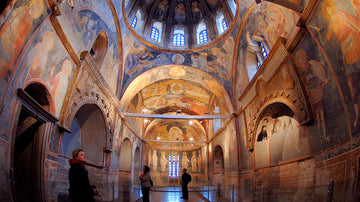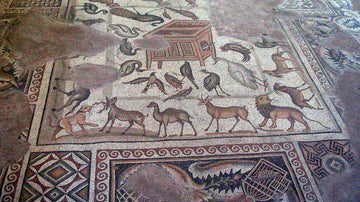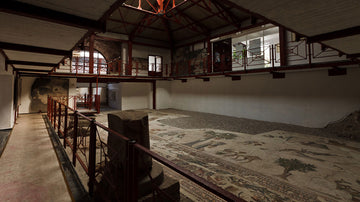Chora Mosaic Museum is situated in Edirnekapi neighborhood of Istanbul. The mosaics and frescoes at the museum are the best examples of the 14th century, last era of the Byzantine painting art.
CHORA MUSEUM
Chora means outside the city or countryside in Ancient Greek. Chora Church was built during Emperor Justinian's rule, replacing a chapel that was present there in earlier times. It was rebuilt in 11th century. In the 16th century, the church was converted into a mosque and it became a museum in 1958 after a series of restorations.
Chora Mosaic Museum, an old Orthodox church, has one of the most stunning interiors anywhere in Istanbul. Today, this mosaic museum is located in a beautiful district full of wooden hotels and cafes.

MAGNIFICENT CHORA MOSAICS
The magnificent mosaics and frescoes of Chora Museum were not damaged. They were only covered over with whitewash. They were discovered in mid 20th century and restored to reveal their original majesty. The mosaics contain scenes of lives of Jesus and Virgin Mary.
CHORA CHURCH
The church building dates back to the 12th century, but the frescoes and mosaics are from the 14th century. They represent the peak reached by Byzantine art before the European Renaissance. The frescoes are among the finest examples of Byzantine art to be found anywhere in the world.
The building that was transformed to a mosque after the conquest of Istanbul, is serving as a museum now.






